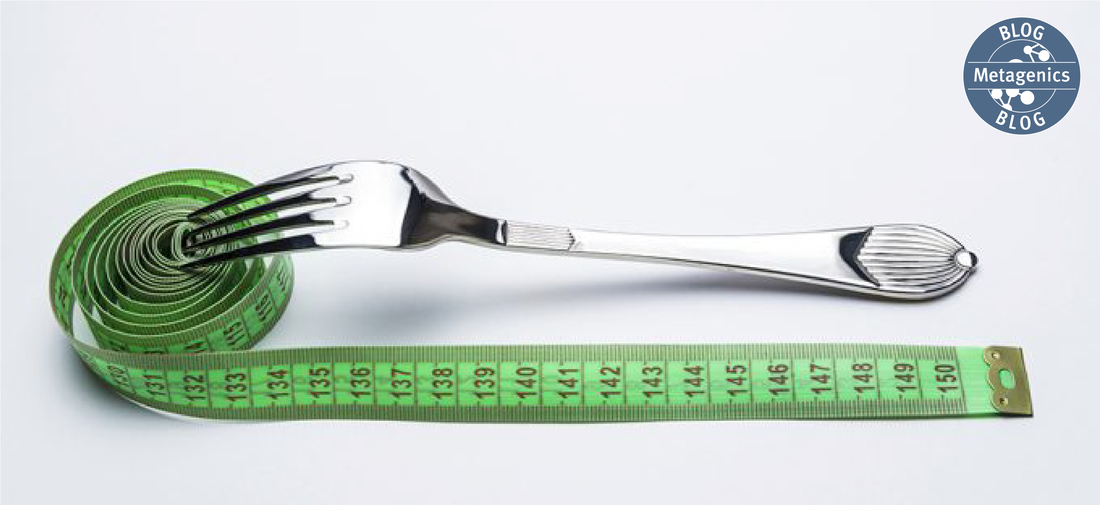|
Nowadays, thankfully, people are becoming increasingly aware that the low-fat era was one born under a false premise, yet there still seems to be a “fat phobia” lingering among the masses. To clear things up, remembering that “fat ingested does not equal fat stored” may help. This is along the lines of understanding that ingested protein does not automatically equal muscle growth.
In the metabolic state of ketosis, fat is the primary fuel source for the body, and the fat consumed contributes toward fuel for cellular function in much the same way carbohydrates act in glucose burning. Health issues associated with high-fat consumption are, more often than not, due to the combination of both high intakes of fat and carbohydrate, resembling a “Western Diet,” or “Standard American Diet (SAD),” both of which are commonly known to increase risks of obesity and insulin resistance. It is important that these should not be confused with the qualities associated with “good fats.” How did this low-fat idea come to fruition? In the 1950, an American physiologist, Dr. Ancel Keys, hypothesized that consumption of saturated fat raises blood cholesterol levels and results in increased risk of myocardial infarct or heart attack. Over the years, dietary fat was pegged as the main underlying cause for not only heart attacks, but obesity. A new, low-fat food industry was created around the ideology that the “fat you eat is the fat you wear.” Ironically, in the same time that low-fat foods entered the market, the obesity-epidemic was born 1—maybe fat was not the culprit after all? If we only consider the energy-balance equation (i.e. calories in vs. calories out) then it is easy to see how removing dietary fat would be the solution, given that fat contains 9 calories per gram, whereas proteins and carbohydrates contain roughly 4 calories per gram. What is often overlooked, however, are the hormonal responses and satiety factors, among others, associated with consuming fats, carbohydrates, and protein. Of course, calories still matter; you can’t eat more than you burn on the ketogenic diet and continue to lose weight, but it’s time to get over the misconception that consumption of dietary fat leads directly to stored body fat, without considering the other factors at play. How eating fat can lead to burning fat There are many hormones governing our metabolism, but there is one master dietary hormone, and that is insulin. Insulin is released from the beta cells of the pancreas in the presence of glucose (i.e. carbohydrates) to shuttle it away from the blood and into the cells, which lowers blood sugar levels. Insulin is also responsible for telling our cells, “Hey everyone! Glucose is available! There’s no need to breakdown fat for fuel; let’s save that for later!” In the body, carbohydrates are the primary instigator of insulin release, whereas protein only causes a very mild release, and fat causes almost no response. When glucose levels are significantly lowered, such as that achieved with a ketogenic diet, insulin requirements are also reduced. In the absence of insulin, cells can use stored fat for fuel, either directly (e.g. free fatty acids) or indirectly via the generation of ketone bodies (i.e. ketogenesis). Think of insulin as the gatekeeper of fat metabolism: When insulin is present, the gates are closed and fat is trapped inside the cell; when insulin is absent, the gates are open and fat can be broken down for fuel. Keeping your hunger in check on the ketogenic diet Besides suppressing insulin levels, the ketogenic diet is said to be very satiating, suggesting better management and control of the appetite. It can be argued that eating a ketogenic diet allows one to be more in tune with the body’s natural hunger signals. Furthermore, weight loss associated with the ketogenic diet is more often due to the natural calorie deficit that accompanies the diet since the ketogenic diet, by nature, has an appetite-suppressing effect. Leave the roller coasters for the kids! A carbohydrate-based meal often produces a rapid postprandial rise and fall in blood glucose that leaves you searching for more food soon after eating. This happens because of the dependence on glucose for fuel, and when glucose is missing from the bloodstream, it sends the signals to the body that you need food now, sending you to the kitchen. It is almost like being controlled by glucose! Following a ketogenic diet circumvents this glucose/insulin roller coaster in two ways:
The whole “fat makes you fat” myth is just that: a myth. Resources:
4 Comments
Henry
10/9/2023 05:32:54 pm
This weight loss product is a game-changer! It helped me shed an incredible 60kg, going from 130kg to 70kg. Don't miss out on the opportunity to transform your life. <a href="https://7b02co-esl56oo0bjrwq557zfe.hop.clickbank.net" target="_blank">click here</a> to order now!
Reply
Ruben
19/9/2023 11:40:16 pm
I never thought I could achieve such amazing results until I tried this product. From 90kg to a fit 60kg, it's been an incredible journey. <a href="https://86b132k9q6yt6v47yh1rtzcn30.hop.clickbank.net" target="_blank">click here</a> to experience the transformative power of this weight loss solution!
Reply
John Doe
29/1/2024 03:45:49 am
Tired of battling stubborn fat? This weight loss product is the answer! From 85kg to a lean 55kg, I'm now living my best life. <a href="https://831e9dw86ucxdr2m1mxjw4x61g.hop.clickbank.net" target="_blank">click here</a> to take control of your weight and health!
Reply
fiyad
28/2/2024 10:24:47 am
From 85kg to 55kg - this weight loss product is a true game-changer. It has transformed not only my body but my entire outlook on life. <a href="https://094f2fvclottepao1kd6wcj90m.hop.clickbank.net/" target="_blank">click here</a> to embrace a new, healthier you!
Reply
Leave a Reply. |
Categories
All
Archives
April 2024
|
|
Join Our Community
|
|
Amipro Disclaimer:
Certain persons, considered experts, may disagree with one or more of the foregoing statements, but the same are deemed, nevertheless, to be based on sound and reliable authority. No such statements shall be construed as a claim or representation as to Metagenics products, that they are offered for the diagnosis, cure, mitigation, treatment or prevention of any disease. |



 RSS Feed
RSS Feed